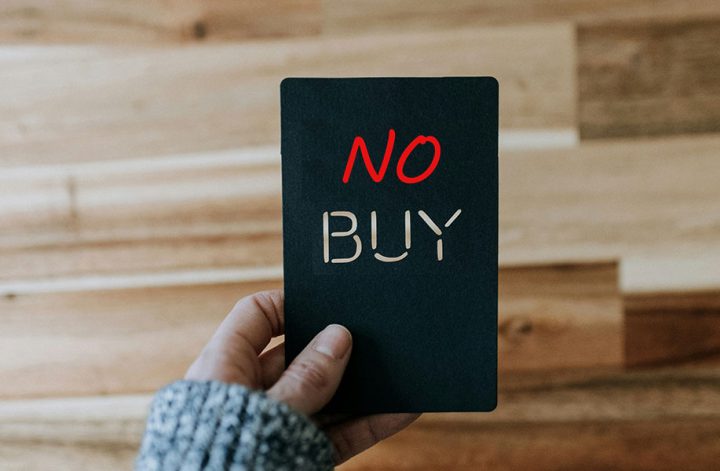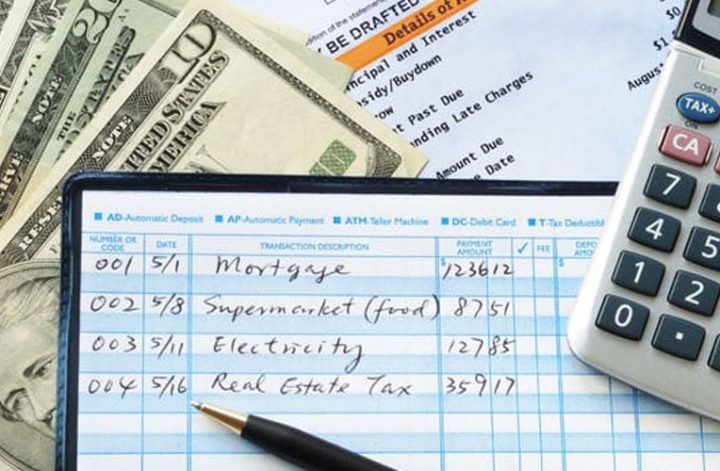Since inflation first started to rise in 2021, Americans have been concerned about their ability to maintain their quality of living. Many people are willing to take action in response to the resurgence of cost concerns following the implementation of President Donald Trump’s tariff plan.
According to a recent study by Intuit Credit Karma, which surveyed over 2,000 American adults in April, a staggering 83% of customers stated that they would seriously consider reducing their non-essential spending if their financial circumstances deteriorated in the upcoming months.
With hashtags like “no buy,” “slow buy,” “low buy,” and “underconsumption,” money-saving tips have become extremely popular on TikTok, particularly among young adults. Making the most of what you currently have and avoiding the urge to purchase additional items—or anything at all—are the goals of each.
The operation of the slow purchase, low buy, and no buy challenges
“No buy 2025” urges consumers to forgo all non-essential purchases for the year, such as entertainment, technology, books, and apparel. Low buy and slow buy, on the other hand, support a more deliberate approach to purchasing decisions, such as limiting purchases entirely and applying “the 48-hour rule” before making any discretionary purchases. As concerns about a recession grow, the objective is to eliminate the habit of excessive spending, or “doom spending.”
More than one-third of Generation Z customers particularly turn to social media for financial information, with 68% of them reporting that social media finance trends have an impact on their purchasing decisions, according to recent data from H&R Block’s Spruce. (Young adults in America are also increasingly using social media to mock so-called recession indicators in order to vent their financial frustration.)
Why savings challenges are so popular
Americans are undoubtedly suffering from rising costs; according to a number of surveys, many have depleted their savings and have been using credit cards to make ends meet.
Now that broad U.S. tariffs are in place, people are more worried about how to make ends meet and the growing cost of products, particularly when the economy appears to be weakening.
According to Raymond James senior economist Eugenio Aleman, “there is no way around the fact that consumers will have to pay for the increase in prices that these tariffs are going to cause.” “Reducing consumption is the alternative, particularly for discretionary items.”
According to a Gallup poll conducted last month, the three most often mentioned financial difficulties among American adults are lack of funds, housing costs, and inflation.
A record 53% of consumers said their financial condition was getting worse, while only 38% said it was getting better, according to the poll, which was taken during a time of intense market volatility following the Trump administration’s announcement of new tariffs on the majority of U.S. trade partners. Furthermore, 57% expressed concern about their ability to continue their current level of life.
According to a different Bankrate research, 43% of adults stated that money currently has a negative impact on their mental health, at least periodically, leading to despair, worry, tension, and troubling thoughts.
In an email, Sarah Foster, Bankrate’s economic analyst, stated that “Americans cannot stop a recession, higher interest rates, inflation, or tariffs, no matter how much they would like to.” “You can feel more secure and stable if you take proactive measures to manage your finances.”
A better way to improve your finances
According to financial experts, TikTok’s most recent microtrends can assist in meeting some savings objectives in the near term, but they cannot replace the practice of sound long-term habits.
Daniel Milan, managing partner of Cornerstone Financial Services in Southfield, Michigan, stated, “Don’t care what other people are doing with their money.” “That is a very fundamental principle for any household, in my opinion.”
According to Milan, a budget is the first step in financial planning. “That word is disliked by people,” he stated. But “sit down and pencil out what you actually are spending” instead of following the newest TikTok fad.
Milan advises identifying unnecessary spending that can be reduced while taking into account what constitutes “needs” and “wants.” According to Milan, he did this himself at the beginning of the year after getting married and was able to save $800 a month by eliminating some recurrent expenses and subscription services that overlapped with his wife’s.
“From a cash flow perspective, that kind of exercise can be incredibly powerful,” he stated.




